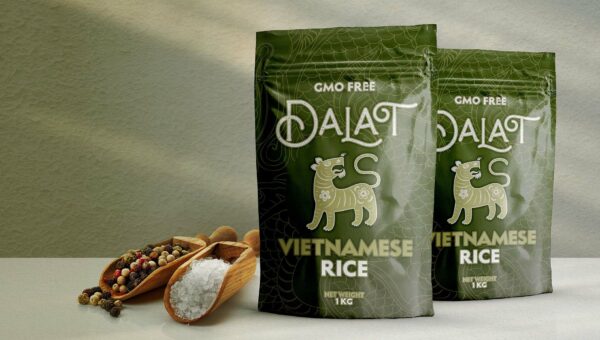Here are our key approaches:
Increased Demand for Organic and Healthy Products:
Consumers are actively looking for organic and healthy food options, leading to a surge in the export of organic products, superfoods, and plant-based alternatives.
Growth in International Cuisines:
The popularity of international cuisines is on the rise, resulting in increased exports of spices, condiments, sauces, and ready-to-eat meals. This caters to the growing demand for diverse and convenient food choices.
Sustainable and Ethically Sourced Products:
Consumers are increasingly conscious of the environmental and social impact of their food choices. This awareness has fueled a demand for sustainably and ethically sourced food products, including fair-trade items, sustainably caught seafood, and products with eco-friendly packaging.
Premium and Gourmet Food Products:
There is a growing demand for high-quality and premium food products, especially in the luxury food market. This encompasses premium chocolates, specialty cheeses, and artisanal goods.
Digitalization and E-Commerce:
The rise of e-commerce platforms has transformed the landscape of international food trade. Online platforms and digital marketing strategies have facilitated cross-border trade, making it easier for exporters to reach global consumers.
It’s essential to acknowledge that these trends may vary across regions and are influenced by diverse factors. Staying informed about the latest trends involves conducting thorough market research, monitoring consumer preferences, and staying abreast of trade regulations and policies. This approach ensures our ability to meet the dynamic needs of consumers in an ever-evolving global market.











